Introduction to 16.8V NiCd Batteries
The 16.8V NiCd (Nickel-Cadmium) battery stands as a reliable power source in various applications. These rechargeable batteries are known for their stable voltage levels, durability, and ability to deliver high discharge rates. Commonly used in power tools, emergency lighting, and backup systems, 16.8V NiCd batteries offer a balance between performance and cost-effectiveness.
Types and Configurations
There are several configurations of 16.8V NiCd batteries, each designed to meet specific requirements. From flat packs to cylindrical cells, the configuration impacts the battery's charge capacity and discharge characteristics. Users can select from an array of sizes and shapes, ensuring the right fit for their device or application.
Applications and Uses
The versatility of 16.8V NiCd rechargeable batteries makes them suitable for a wide range of devices. They are frequently utilized in professional-grade power tools, medical equipment, and portable electronics, where consistent power delivery is crucial. Their robustness also makes them ideal for outdoor and demanding environments.
Features and Advantages
One of the notable features of the 16.8 volt NiCd battery pack is its resilience to memory effect, allowing for partial discharges without losing maximum energy capacity. Additionally, these batteries can operate in a broad range of temperatures, which is essential for devices used in varying environmental conditions.
Materials and Construction
NiCd batteries 16.8V are constructed with nickel oxide hydroxide and metallic cadmium as electrodes. The materials used in these batteries are robust, enabling them to withstand rough handling and harsh conditions. The construction quality ensures a long service life and reliable performance.
Maintenance and Care
While 16.8V NiCd battery cells are low-maintenance, proper care can extend their lifespan. Regular cycling and correct storage practices are essential to maintain the battery's efficacy. Users should follow the manufacturer's guidelines for charging and discharging to optimize battery life.
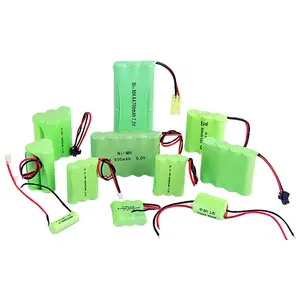



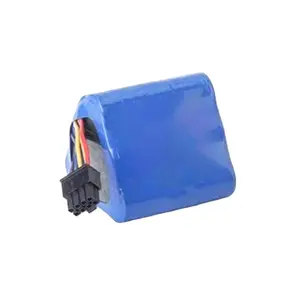

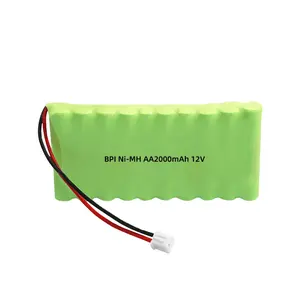

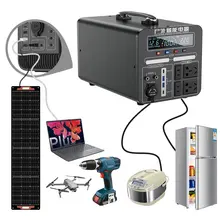



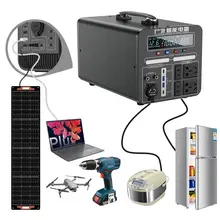



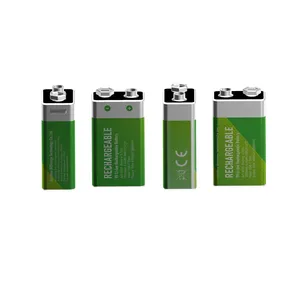




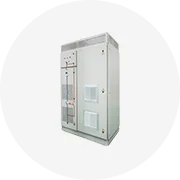



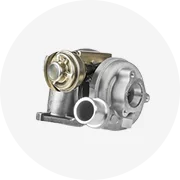









 浙公网安备 33010002000092号
浙公网安备 33010002000092号 浙B2-20120091-4
浙B2-20120091-4